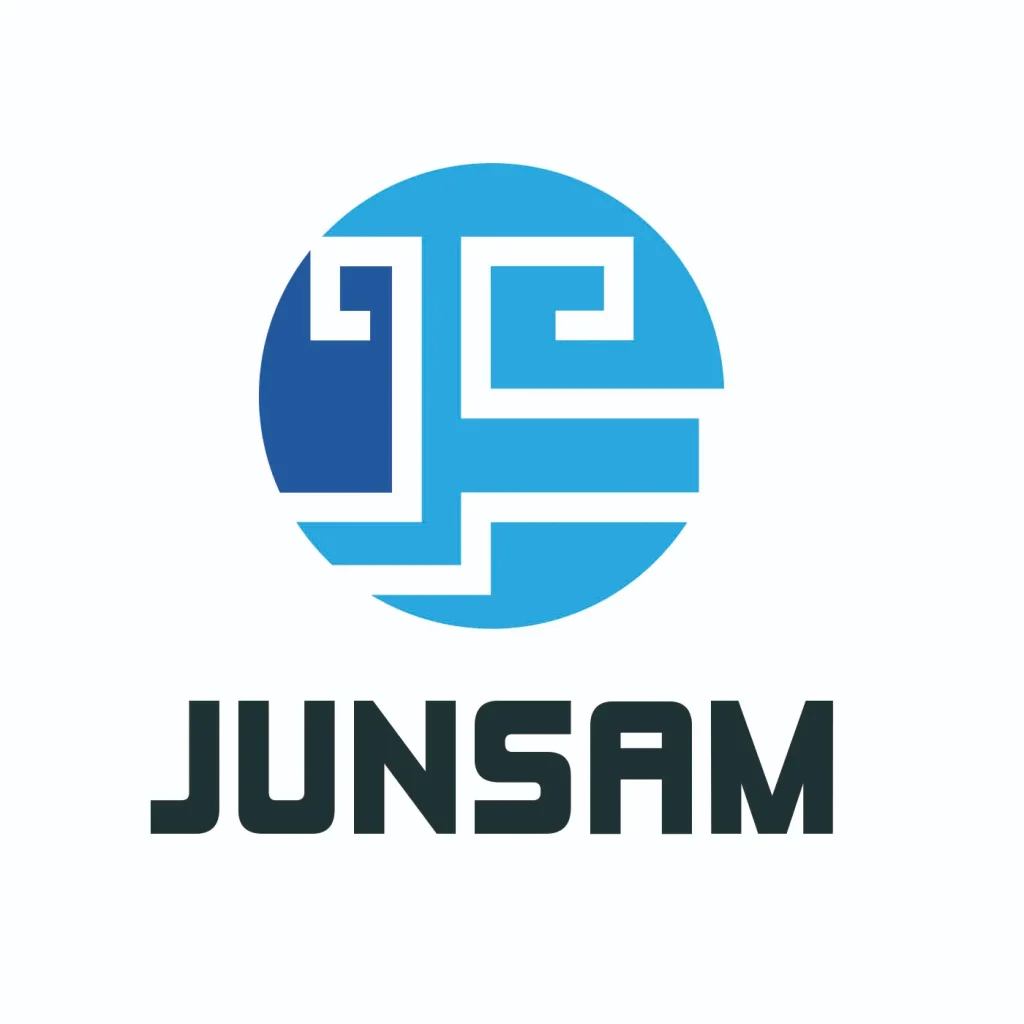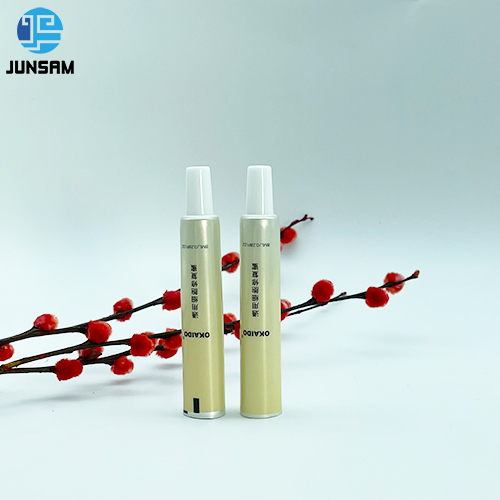Toothpaste tubes have come a remarkably long way over the past century. ABL Laminated tubes have become the dominant packaging format, offering numerous benefits over traditional metal tubes.
Let’s explore the history and innovation behind the ascendance of laminated tubes.
The Humble Origins of ABL Laminated Tubes
In the early 1900s, toothpaste was sold in bulky, rigid metal containers, making portability difficult. By the 1920s, the first collapsible metal tubes allowed consumers to dispense products neatly. However, these tubes still had considerable room for improvement regarding convenience and protection.
Over time, plastics development paved the way for better solutions. Lightweight laminated tubes combined the strength of aluminum with the flexibility of plastic. This innovative combination revolutionized toothpaste packaging.
Cutting-Edge Materials Behind Modern Laminated Tubes
Today’s advanced toothpaste tubes utilize a multi-layered construction to optimize performance.
- The inner layer consists of food-grade plastic resin that maintains tube compatibility and prevents interaction with the formula.
- At the core lies the aluminum barrier layer that blocks external moisture, oxygen, and light exposure. This preservation ensures product freshness and stability.
- Rather than aluminum, some tubes use metalized plastic barriers that offer the same protective qualities.
- The outer layer provides a printable surface for eye-catching graphics and product information. The plastic also improves grip and impact resistance.
The Key Benefits Driving the Dominance of ABL Laminated Tubes
ABL Laminated tubes offer many significant advantages that make them the preferred choice across the oral care industry.
- Lightweight builds enable convenient squeezing and portability for on-the-go use.
- Durable and flexible materials prevent cracking or leaking while allowing controlled dispensing of contents.
- Total barrier protection maintains formula integrity and fresh flavor longer, reducing waste.
- Creative shapes and sizes provide branding opportunities with distinctive, modern designs.
- Recyclable formats decrease environmental impact through renewable materials and responsible disposal.
Paving the Way Towards the Future of Sustainable Packaging
Industry analysts predict the reign of laminated tubes will continue well into the foreseeable future. We can expect additional advances as manufacturers strive for sustainability.
- Bio-based resins from plant materials may replace petroleum-derived plastics for increased renewability.
- Some brands are pioneering recyclable plastic-free barriers using metal alloys or glass components.
- Investments into upgraded recycling infrastructure will further improve responsible tube disposal.
Through continued innovation, the humble laminated tube will undoubtedly remain at the forefront of ethical and eco-conscious packaging.
The Toothpaste Tube Continues to Evolve with Technology
In summary, the story of the toothpaste tube showcases how necessity drives invention. While early metal tubes worked fine, the many perks of pliable laminated tubes fueled their swift takeover. With plastic and aluminum working harmoniously together, these tubes check every box for convenience, performance, and responsible design. As technology progresses, so too will the future of this packaging mainstay.


